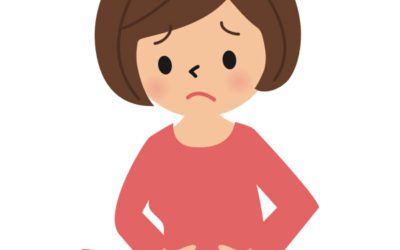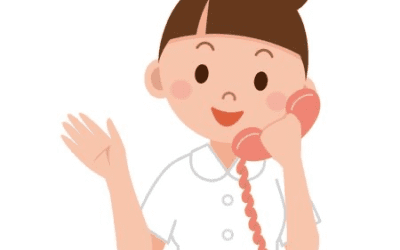Learning to ride a bicycle is a major milestone in a child’s life. It offers them freedom, fun and it’s a great way for them to stay active. However, every year about 300,000 kids go to the emergency department because of bike injuries, and at least 10,000 kids have injuries that require a few days in the hospital. Some of these injuries are so serious that children die, usually from head injuries.
The Hard Facts about Helmets
Millions of Americans ride bicycles, however less than half wear bicycle helmets. A national survey conducted found that only 48% of children ages 5-14 years wore bicycle helmets when riding. Further, older children were even less likely to wear helmets than younger children (cdc.org). A properly fitting helmet is the most effective way of preventing a head injury caused by a bicycle crash. In fact, helmets can reduce the risk of head injuries by at least 45 percent (safekids.org)!
Make sure your child’s helmet fits correctly so it can do its job, protect your child. The helmet should sit level on your child’s head and not be able to rock side to side or front and back. Safekids.org recommends doing the eyes, ears mouth check:
- EYES check: Position the helmet on your head. Look up and you should see the bottom rim of the helmet. The rim should be one to two finger-widths above the eyebrows.
- EARS check: Make sure the straps of the helmet form a “V” under your ears when buckled. The strap should be snug but comfortable.
- MOUTH check: Open your mouth as wide as you can. Do you feel the helmet hug your head? If not, tighten those straps and make sure the buckle is flat against your skin.

If you’re shopping for a helmet, let your child pick out his/her own. There are so many options now, they can pick out their favorite color or character, or you can let your child decorate it with stickers to make it more personal. This will help them be more excited about wearing their helmet.
Along with wearing a helmet, here are some other tips to help keep your child safe while riding a bike.
- If possible, always ride on the sidewalk, but keep an eye out for cars backing out of driveways. Teach your child to recognize reverse lights on a car and to stop and wait until the car has backed out.
- If riding on a sidewalk is not possible, Always ride on the right hand side of the road with traffic. Riding against traffic confuses drivers. Almost one fourth of bicycle-car collisions result from bicyclists riding against traffic.
- Follow the rules of the road. Teach your child that just because they are not driving a car, doesn’t mean they don’t have to obey traffic signs or lights. Stop at stop signs and red lights, and walk your bike across crosswalks.
- Wear bright colors and use lights. Reflectors on your clothes and bike will help you be seen. Avoid riding at night and at dusk if possible.
- Make eye contact with drivers. If the driver does not make eye contact with you, they might not see you so stop and wait.
Tips for Parents
- Children model your behavior so be sure you always wear a helmet and follow traffic rules when riding as well.
- Ride with your children frequently until you feel comfortable that your kids are ready to ride on their own.
Of course these tips don’t just apply when riding a bicycle, but should be followed in all wheeled sport activities including: ATVs, scooters, roller skates, skateboards and more. A helmet should be worn every time your child does one of these activities. Even if you are going on a “short ride” or “just going slow” there is always a chance something can happen and a helmet is a great way to stay safe while having fun!




